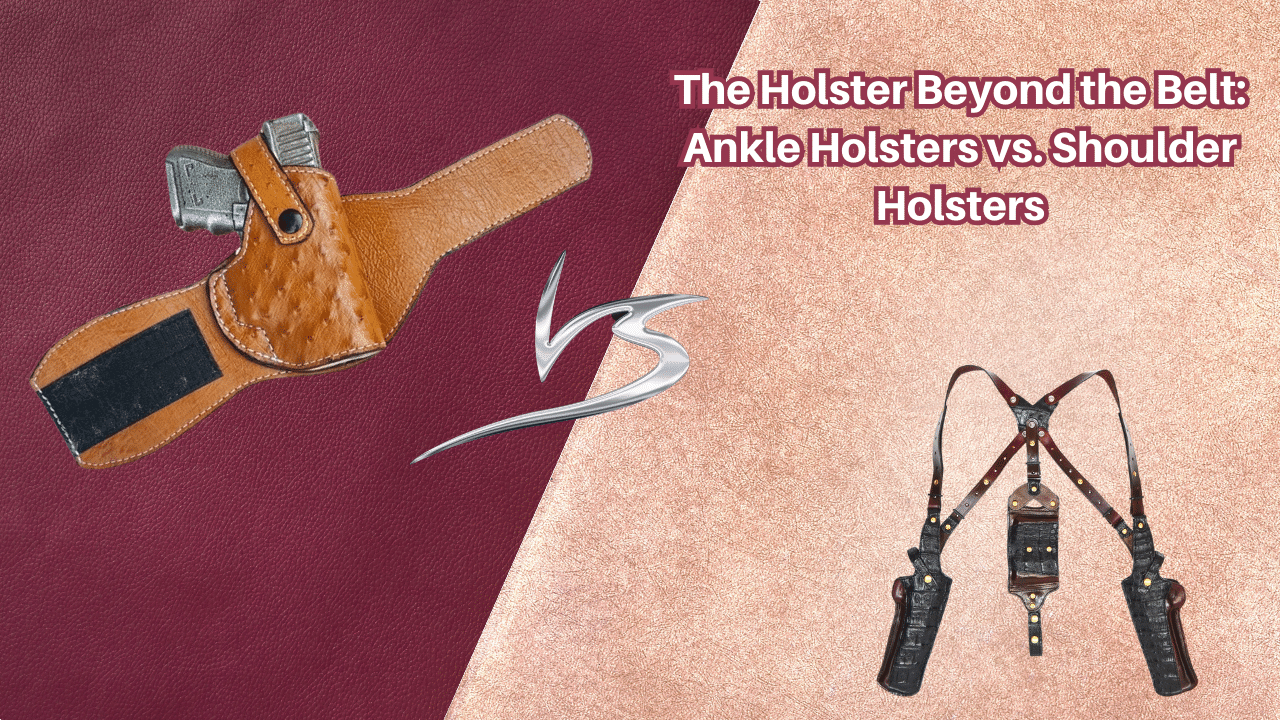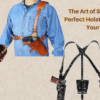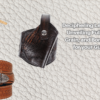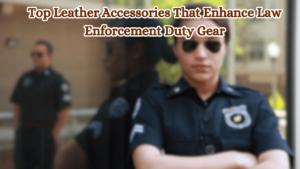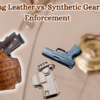The Holster Beyond the Belt: Ankle Holsters vs. Shoulder Holsters
As the adage goes, “The best holster is the one that suits you best” – a sentiment that all firearm enthusiasts can agree on. Choosing an ideal holster is an extremely personal and critical decision, rooted in considerations of comfort, convenience, and, above all, safety. This doesn’t just revolve around the traditional belt holsters. The world of firearm accessories offers an array of options beyond the belt, such as ankle holsters and shoulder rigs, each catering to diverse preferences and body types. This blog post will guide you in exploring these alternative carry options and help you make an informed decision.
Ankle Holsters: The Undercover Specialist
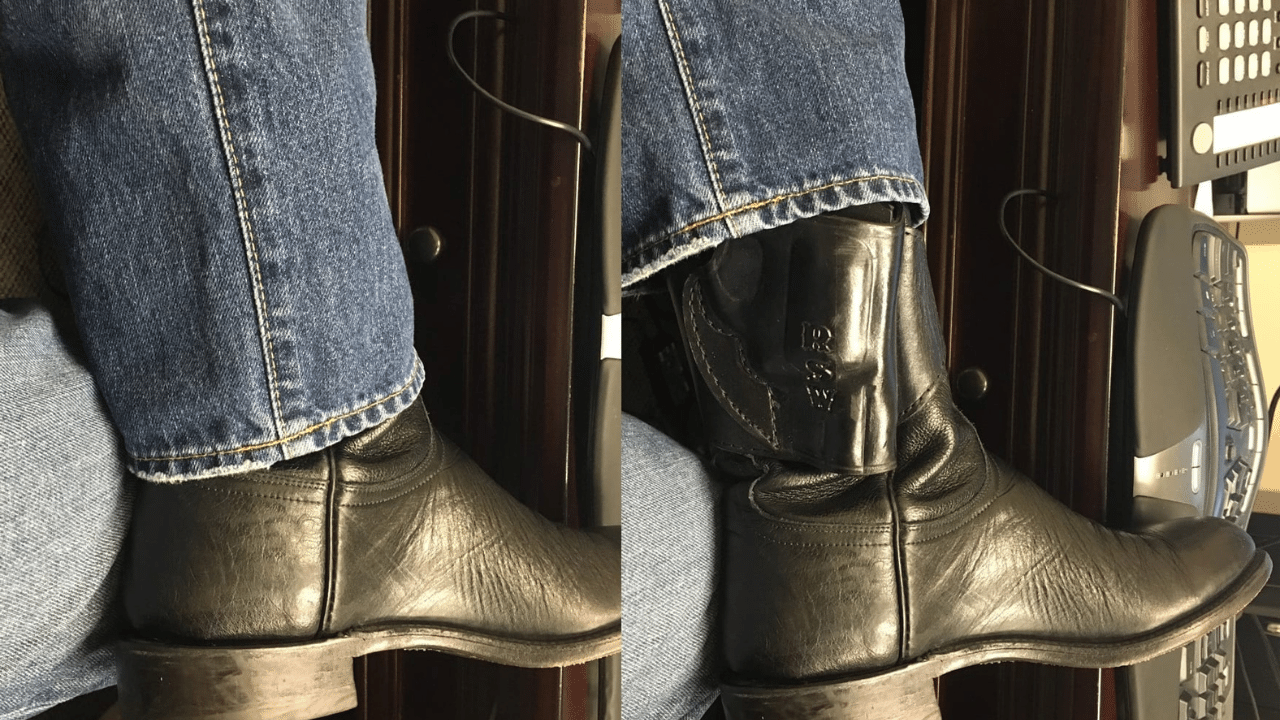
Ankle holsters, as the name suggests, are worn around the ankle and typically used for carrying backup weapons. They are particularly favored by law enforcement for their unobtrusive and convenient nature. While it’s not the quickest draw in a standing position, it can be a lifesaver in situations where you’re knocked down or seated. Consider the following points while choosing an ankle holster:
- Comfort & Fit: The holster must sit snugly around the ankle without sliding down. Look for adjustable models with padded ankle bands for enhanced comfort, especially if you plan to wear it for extended periods.
- Retention & Accessibility: A good ankle holster should have a reliable retention mechanism to ensure your firearm stays securely in place, even during vigorous movements. Additionally, ensure that the holster provides quick and easy access to your firearm.
- Concealment: Ankle holsters excel in concealment. However, they work best with compact or subcompact firearms and lightweight revolvers to avoid drawing attention to an unnatural bulge around your ankle.
Shoulder Holsters: The Classic Option
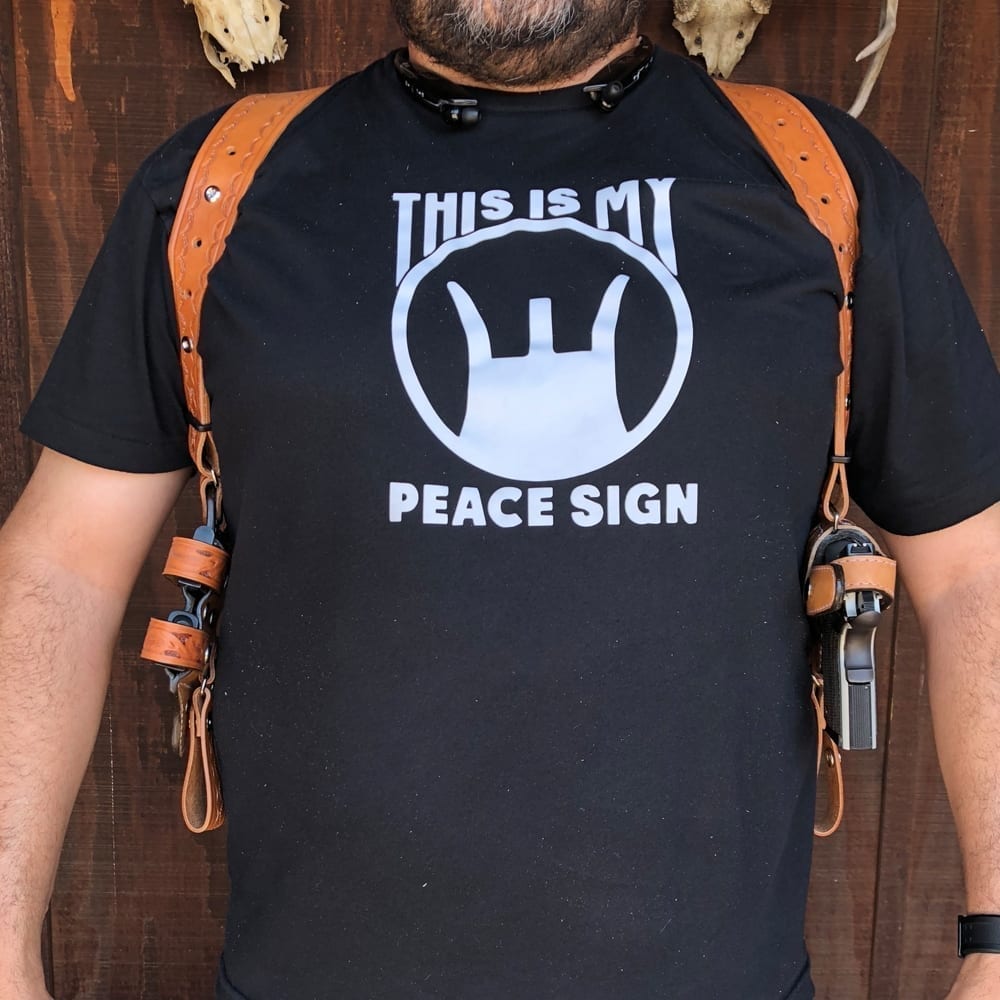
Shoulder holsters are the favored style of many due to their iconic representation in popular culture. They are excellent for concealment beneath a jacket or coat and provide a comfortable carry option, especially for people who spend much of their time seated or driving. Here are some critical considerations for shoulder holsters:
- Comfort & Adjustability: Look for models with wide, padded straps to distribute the weight evenly across your shoulders and minimize discomfort during prolonged use. The holster should be easily adjustable to ensure a perfect fit, regardless of body size.
- Draw Style: Generally, shoulder holsters are available in horizontal, vertical, and diagonal draw styles. Choose a style that you find most natural and efficient to draw from.
- Safety: The firearm carried in a shoulder holster tends to point behind the user. Therefore, it’s crucial to choose a design that incorporates a safety strap or thumb break to secure the firearm adequately.
- Balance: A good shoulder holster should have a counterbalance system – typically, ammunition pouches on the opposite side of the firearm. This design helps maintain balance and provides added convenience.
In conclusion, the journey to selecting the perfect holster is about understanding your personal needs, body type, and comfort levels. Both ankle holsters and shoulder rigs offer unique advantages that can make them the perfect choice for you, beyond the conventional belt holsters. Remember, the best holster isn’t the one everyone else uses; it’s the one that makes carrying safe, comfortable, and efficient for you.

